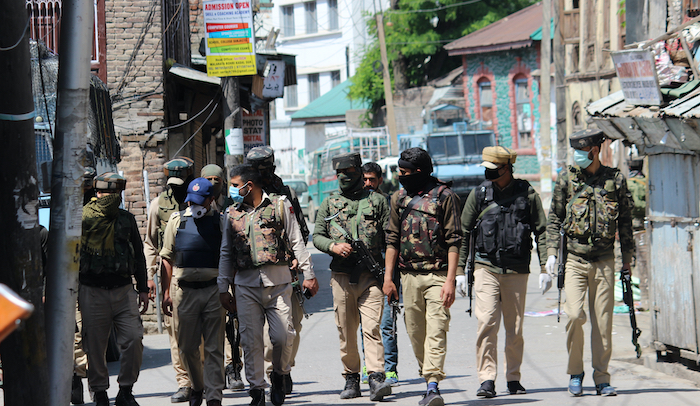As tensions continue to rise between India and Pakistan over the disputed region of Kashmir, both countries have engaged in military posturing. The United Nations has intervened, urging both sides to avoid military confrontation and pursue diplomatic solutions. This blog outlines the top 5 key steps that could lead to a resolution of the Kashmir conflict, bringing peace to one of the world’s most volatile regions.

Introduction: Rising Tensions Between India and Pakistan
The Kashmir conflict, a long-standing dispute between India and Pakistan, has been the source of multiple wars and ongoing military standoffs. Recent attacks, such as the deadly assault on Hindu tourists in April 2025, have further exacerbated hostilities. Both countries have bolstered military defenses, and global powers are calling for a peaceful resolution. The UN Security Council has strongly urged both countries to engage in dialogue and avoid escalating tensions.
Step 1: Diplomatic Engagement at the United Nations
In recent weeks, the UN has been actively involved in urging India and Pakistan to resume bilateral talks. The Security Council has called for maximum restraint and emphasized the importance of dialogue. India and Pakistan should utilize the UN as a platform for conflict resolution and seek international mediation if needed. The United Nations continues to be a neutral space where both sides can address concerns and work toward de-escalation.
Step 2: De-escalation of Military Forces

Recent missile tests by Pakistan and defense drills by India have heightened fears of an all-out war. It is crucial for both countries to reduce military activity near the Line of Control (LoC) and halt provocative actions. Establishing demilitarized zones along sensitive areas could be an immediate confidence-building measure to reduce the likelihood of military conflict.
Step 3: Open Channels for Bilateral Talks
While the UN plays a vital role, direct communication between India and Pakistan remains essential. Both governments must reopen back-channel negotiations to discuss contentious issues, including the status of Kashmir and cross-border terrorism. Historically, such talks have led to breakthroughs in reducing tensions.
Step 4: Economic Cooperation to Foster Trust
India and Pakistan could explore areas of economic cooperation to promote mutual trust and peace. Both nations face economic challenges, and collaboration on trade, water resources, and infrastructure projects could alleviate tensions. Resuming trade talks and implementing cross-border trade agreements would benefit both economies and pave the way for peaceful coexistence.
Step 5: Engaging Civil Society and the International Community
Beyond government efforts, civil society groups, academics, and the broader international community must be engaged in peace-building efforts. Regional cooperation organizations like the SAARC can play an important role in bringing India and Pakistan together for cooperative initiatives, focusing on cultural exchange and economic development.
Conclusion: A Path Forward
While the Kashmir dispute remains one of the most challenging conflicts in international relations, there is hope for a peaceful resolution. By following these key steps, India and Pakistan can take the necessary actions to avoid a military conflict and open the door for long-term peace and prosperity in the region. The UN’s call for diplomacy is an essential first step in this ongoing process. As global stakeholders, we must encourage both nations to embrace dialogue over violence.
For more on the Kashmir conflict, read our detailed overview of the region’s history and its impact on India-Pakistan relations. Learn more about Kashmir’s historical importance.









